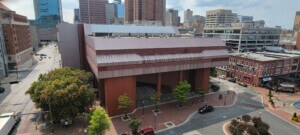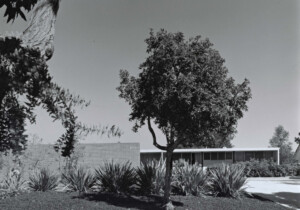Florence’s Stadio Artemio Franchi, an early and vastly influential work of Italian structural engineer and architect Pier Luigi Nervi, is at risk of being demolished or irreversibly altered to make way for a new stadium at the same site.
The news, which prompted a red-alert response from preservationists and architectural historians in both Italy and further afield, comes after plans to build a new home stadium for football club ACF Fiorentina on the outskirts of Florence—a plan that would have spared Nervi’s 1932 masterwork—failed to come to fruition. In turn, the club’s owner announced earlier this year his intentions to raze Stadio Franchi and replace it with a new facility. The endangered position of Nervi’s landmark stadium, constructed from reinforced concrete and viewed as a marvel of engineering and 20th-century architectural ingenuity, was elevated this past September when the Italian government “hurriedly”—to quote a press release from the Brussels-based Pier Luigi Nervi Project Association—passed legislation that exempts stadiums and other sports facilities, no matter their historic significance, from protection under the country’s otherwise robust architectural heritage conservation laws.
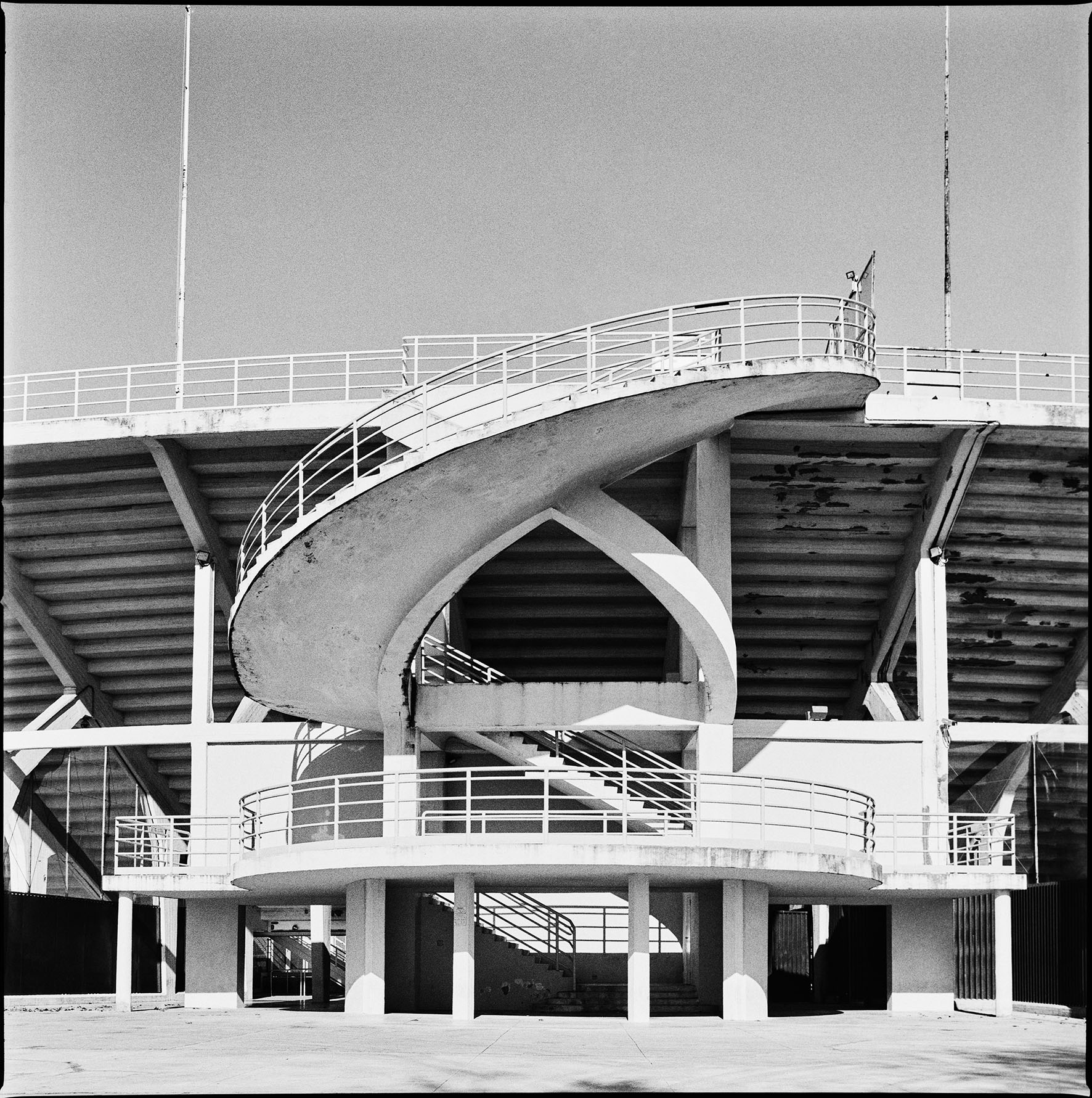
Considered wildly avant-garde when it first opened and famed for its cantilevered roof, helical staircases, and the 230-foot-tall Torre Maratona (“Tower of Marathon”), the 90-year-old structure could potentially be spared from full demolition. The Association, however, notes that major alterations like replacing the original concrete stands while preserving just a small handful of “souvenirs” like Torre Maratona would largely erase the historic integrity of the stadium. It’s worth noting that Stadio Franchi, which opened as Stadio Giovanni Berta in honor of a Florentine fascist leader, was renamed Stadio Comunale following World War II, and renamed again after a beloved former president of the Italian Football Federation in the early 1990s, has undergone significant renovations in the past. In preparation for the its role as a host stadium for the 1990 World Cup, numerous changes to the original design were carried out although, as pointed out by the Association, the structure’s “historic fabric remains largely intact” to this day.
“The Stadio Franchi is not only an important work in Nervi’s career, it is also a key moment in stadium design,” Thomas Leslie, FAIA, a historian of construction and Morrill Professor in Architecture at Iowa State University, told AN. “Nervi’s soaring forms, inspired by statics but also evoking flight, were profoundly important to the history of sports architecture. His innovative solutions to circulation problems—the famous helical staircases—his sense of architectural drama, and his fluency in the art of structural concrete all set high bars for the next generation of stadium design in Europe and, eventually, throughout the world. It is among the most recognizable and most influential stadia of the era.”
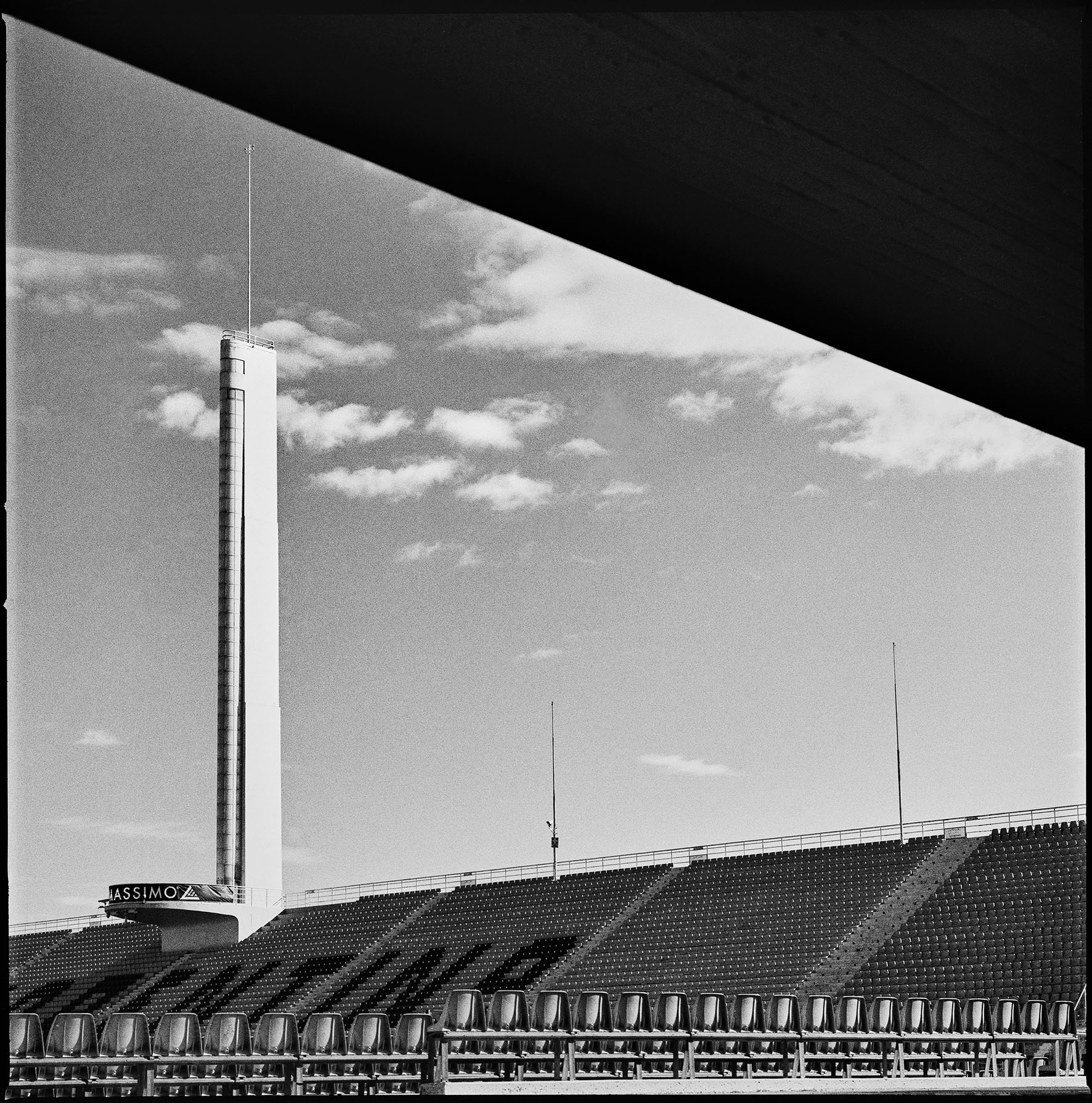
Other key works of Nervi, who died in 1979, include the UNESCO headquarters in Paris (with Marcel Breuer and Bernard Zehrfuss,1950); Milan’s Pirelli Tower (with Gio Ponti, 1950), and Stadio Flamino in Rome (1957) among other structurally daring works. Outside of his native Italy, his completed projects include Montreal’s Tour de la Bourse (with Luigi Moretti, 1964); the Leverone Field House and Thompson Arena, both at Dartmouth College (1965, 1973); the Norfolk Scope Arena and Chrysler Hall, both in Norfolk, Virginia (1971, 1972); and, perhaps most famously, the concrete truss George Washington Bridge Bus Station in Manhattan (1963).
Leslie, who is also the author of Beauty’s Rigor: Patterns of Production in the Work of Pier Luigi Nervi, is among those working with the Association to raise awareness of Stadio Franchi’s imperiled status. As part of its campaign, the Association has launched a special website in both Italian and English that’s dedicated to documenting the rich history and enduring significance of the stadium. The effort to save the stadium has also yielded a Change.org petition directed toward Florence Mayor Dario Nardello. It has also gained over 2,000 signatories as of this writing.
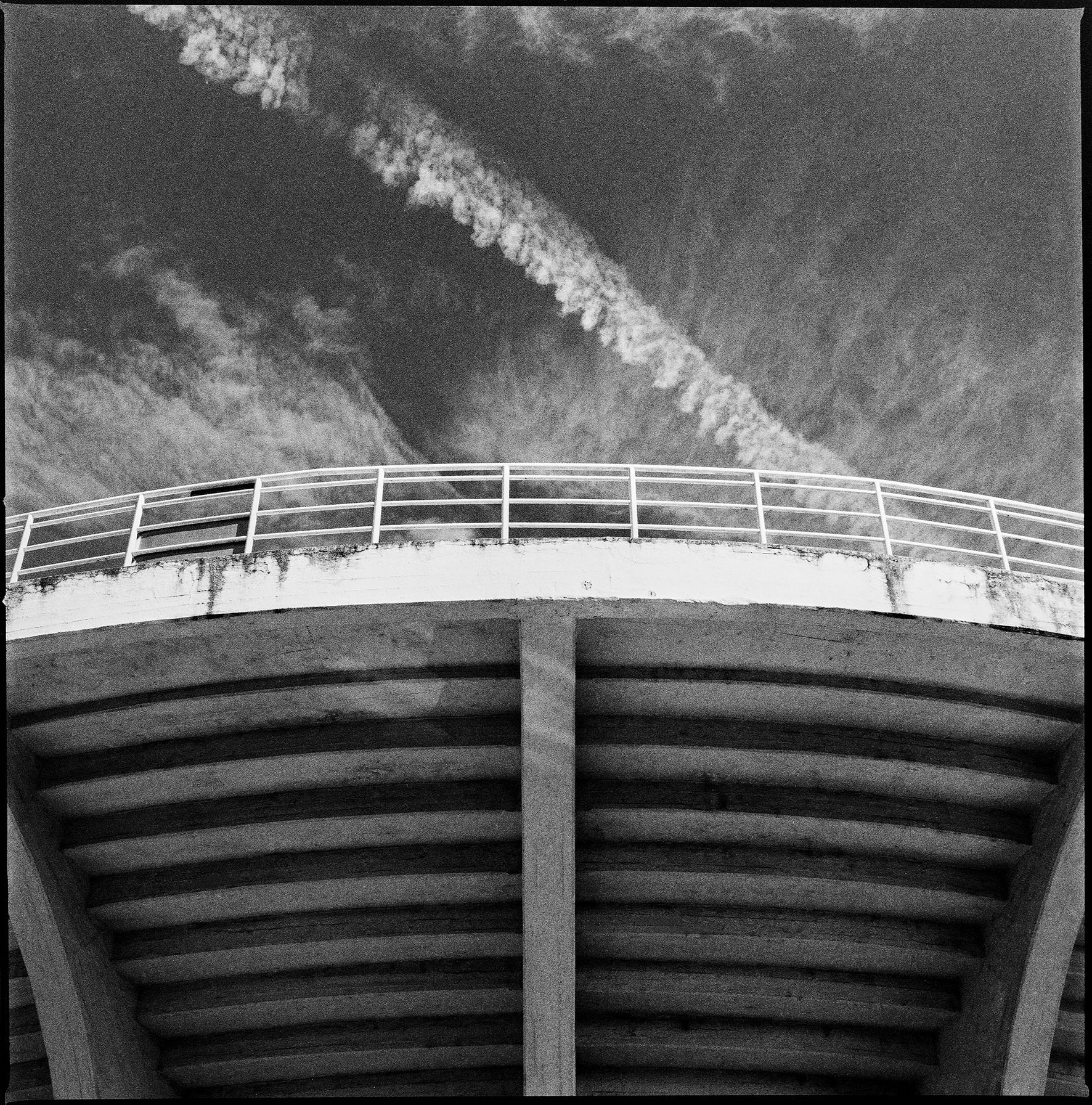
In addition to serving as longtime home to ACF Fiorentina and a host stadium for the 1990 World Cup, Stadio Franchi has served as the backdrop for various large concerts from the likes of David Bowie and Madonna and was the site of a 1954 sighting of a mysterious object in the sky that famously managed to bring an ongoing soccer match to a complete halt.
Even if the stadium does ultimately manage to dodge full demolition, Leslie has called any significant further stripping down of the original structure a “terrible loss.”
“Nervi’s efforts went into making the various seating, structural, and circulatory elements work as an integral whole,” he said. “As a complete work of structural architecture it shows Nervi’s talent beginning to reach its potential, but it also connects us to the history of sport, allowing us the sense of Fiorentina‘s history and its connection to its unique, evocative home.”








